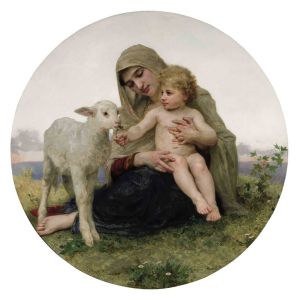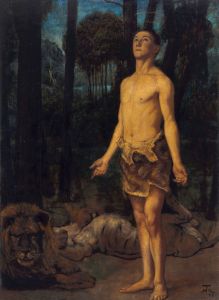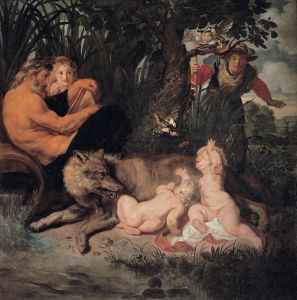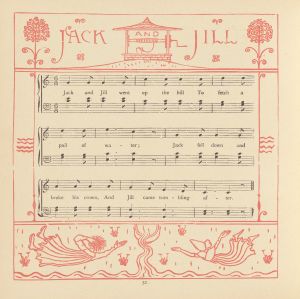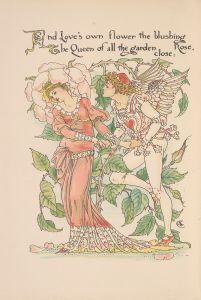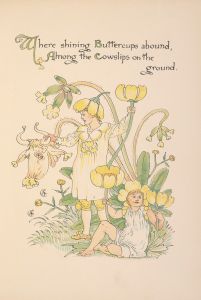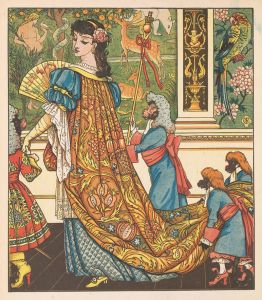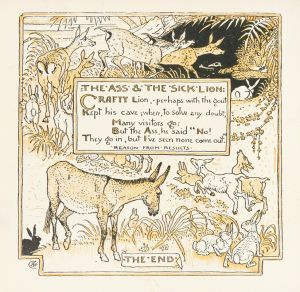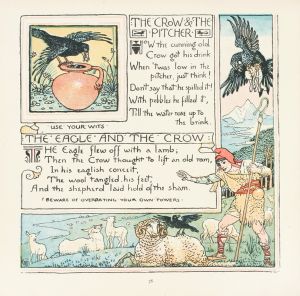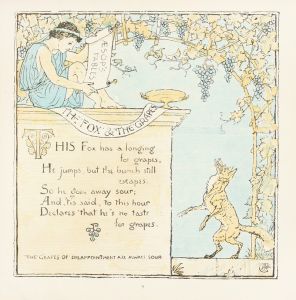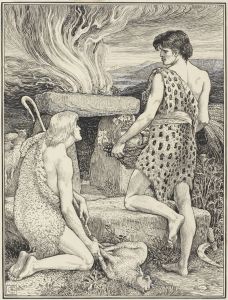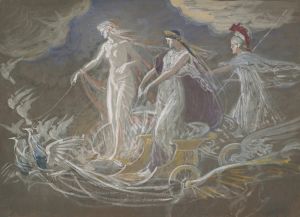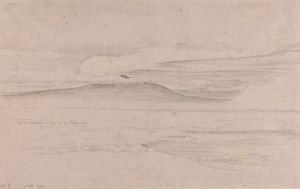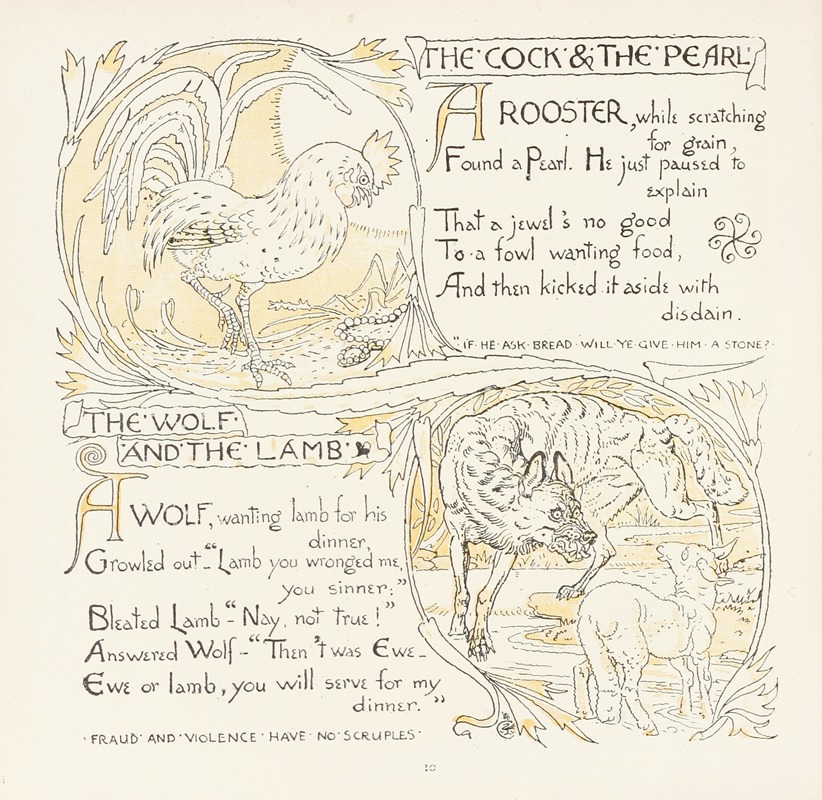
The Cock and the Pearl, The Wolf and the Lamb
A hand-painted replica of Walter Crane’s masterpiece The Cock and the Pearl, The Wolf and the Lamb, meticulously crafted by professional artists to capture the true essence of the original. Each piece is created with museum-quality canvas and rare mineral pigments, carefully painted by experienced artists with delicate brushstrokes and rich, layered colors to perfectly recreate the texture of the original artwork. Unlike machine-printed reproductions, this hand-painted version brings the painting to life, infused with the artist’s emotions and skill in every stroke. Whether for personal collection or home decoration, it instantly elevates the artistic atmosphere of any space.
Walter Crane was a prominent English artist and book illustrator, known for his contributions to the Arts and Crafts Movement and his innovative work in children's book illustrations. Among his many works, "The Cock and the Pearl" and "The Wolf and the Lamb" are notable illustrations that reflect his unique style and artistic philosophy.
Walter Crane was born on August 15, 1845, in Liverpool, England. He was the second son of Thomas Crane, a portrait painter and miniaturist. Crane's early exposure to art through his father and his subsequent apprenticeship with the wood-engraver W.J. Linton significantly influenced his artistic development. Crane became a leading figure in the development of children's book illustrations in the late 19th century, and his work is characterized by its vivid colors, detailed designs, and harmonious compositions.
"The Cock and the Pearl" and "The Wolf and the Lamb" are part of Crane's series of illustrations for Aesop's Fables. Aesop's Fables are a collection of stories credited to Aesop, a slave and storyteller believed to have lived in ancient Greece between 620 and 564 BCE. These fables are known for their moral lessons, often conveyed through anthropomorphic animals.
Crane's illustration of "The Cock and the Pearl" depicts the fable in which a cock, while scratching the ground for food, finds a pearl. The cock, realizing that the pearl is of no use to him, remarks that he would rather have found a grain of barley. This fable teaches the moral that what is valuable to one may not be valuable to another, emphasizing the subjective nature of value.
In "The Wolf and the Lamb," Crane illustrates the fable where a wolf accuses a lamb of various misdeeds to justify eating it. Despite the lamb's protests and logical explanations, the wolf proceeds to eat the lamb, illustrating the moral that the strong will often find a pretext to justify their actions against the weak.
Crane's illustrations for these fables are notable for their clarity and the way they capture the essence of the stories. His use of line and color, along with his ability to convey emotion and narrative through imagery, made his work stand out. Crane's illustrations were not just mere depictions of the stories but were integral in bringing the fables to life, making them accessible and engaging for children and adults alike.
Walter Crane's work in illustrating Aesop's Fables is a testament to his skill and creativity as an artist. His ability to blend narrative and visual art helped set a standard for children's book illustrations and left a lasting impact on the field. Crane's illustrations continue to be appreciated for their artistic merit and their role in the history of book illustration.





